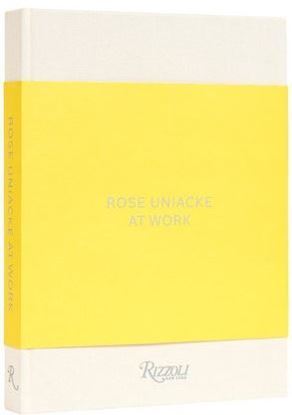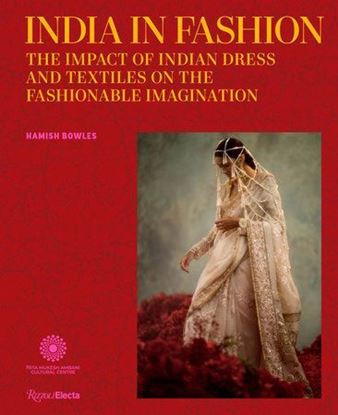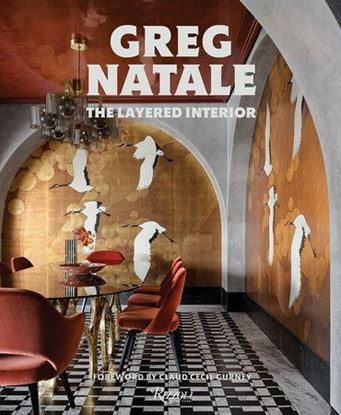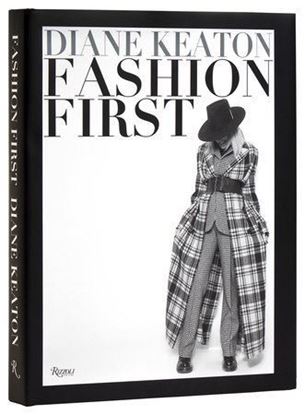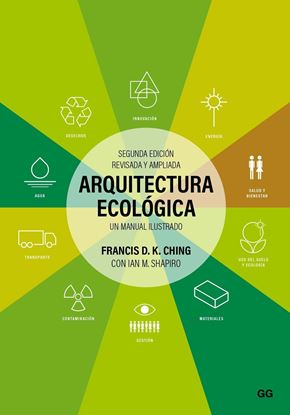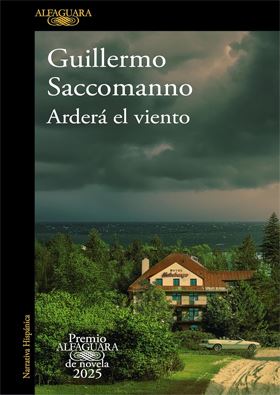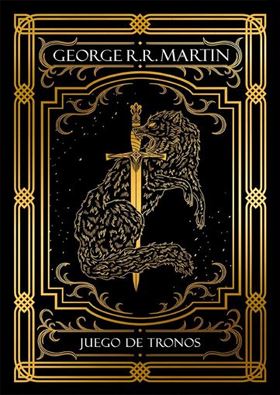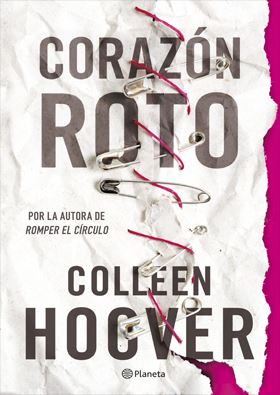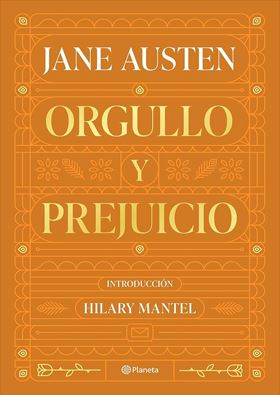

ROSE UNIACKE AT WORK
In-demand London-based interiors and furniture designer Rose Uniacke beautifully showcases a number of homes she has designed, boasting clean lines and calm, light-filled spaces, and showrooms defined by an effortless blend of traditional details within contemporary spaces. Whether the project is an urban townhouse, a seaside retreat, or a London villa, the approach of Uniacke is always the same—a collaboration with clients to make understated, refined sanctuaries that offer the perfect settings for everyday life. The book is sumptuously illustrated with two hundred color photographs that truly capture the serenity and timelessness of Uniacke’s hand-hewn cultivated style.
3,400
INDIA IN FASHION
India in Fashion explores the beautiful and sophisticated history and aesthetics of traditional Indian fashion, dress, and textiles and their profound impact on European and American fashion from the eighteenth century to today.
This intoxicating and visually rich volume—with texts by experts from India, Europe, and North America—is published to accompany a major exhibition that celebrates the long historical contributions that Indian dress, textiles, and embroidery have had on Western fashion. From the introduction of chintz dressmaking fabrics in the eighteenth century to the early nineteenth-century vogue for light Indian fabrics, paisleys, and chikan embroideries to larger realities of empire and cultural appropriation, this volume features paintings, fashion magazine editorials, and portraits of influential people who championed Indian style throughout history.
3,500
MCALPINE:ROMANTIC MODERNISM
The work of renowned firm McALPINE has always communicated the power of romanticism, speaking directly to the heart through the beauty and poetry of the home. Tapping diverse influences, the residences draw from architectural languages ranging from Elizabethan and Dutch to colonial Caribbean and agrarian American. The book opens with Bobby McAlpine’s own newly designed house, featuring exquisite spaces that are modern in expression but classical in order and balance. Other projects include a white-on-white neoclassical pavilion-by-the-sea in the Bahamas; a masonry dwelling in the rolling hills of Virginia; a quintessential American country house in Tennessee that combines the familiarity of a farmhouse with crisp minimalism; and an exuberant house sited on the edge of a pastoral golf course in Alabama. Freely choosing from architecture’s treasury, the assembly of houses is familiar, bold, and surprising, all at the same time—reflecting the complexity of the human experience.
3,500
THE LAYERED INTERIOR
Multi-award-winning interior designer Natale takes readers deeper than ever before into his intricate approach to layering—the process of curating and editing elements to create warm, welcoming interiors.
3,500
FASHION FIRST
A fashion icon in her own right, Keaton amusingly revisits and reflects on some of her favorite and not-so-favorite fashion moments over the decades, from childhood homemade outfits to red carpet ensembles and street style experiments she tried from the 1960s until today.
Since she could remember, Keaton has been fascinated by clothing and style. As a little girl, she would pick out patterns and request that her mother make her custom outfits. This was the beginning of a love affair with clothes and looks, and sometimes, fashion. From the outset of her acting career in the 1970s, the legendary star has experimented and thought outside the lines of what a Hollywood icon should wear and still became lauded as a style icon by Vogue, W, The Hollywood Reporter, and countless fashion websites. Keaton’s style is at once timeless, experimental, bold, effortless, androgynous, quirky, and utterly and distinctly her own.
3,500
ARQUITECTURA ECOLOGICA. UN MANUAL
El libro propone un recorrido del exterior al interior: comienza por el emplazamiento y su entorno, sigue por las diversas envolventes del edificio y termina con el análisis de los aspectos ambientales de la iluminación, la calefacción y los sistemas de climatización. Un recorrido donde se exploran distintos temas transversales, como el ahorro de agua o materiales, la calidad ambiental interior o el uso de energías renovables. El conjunto ofrece una exploración completa y metódica de la arquitectura ecológica exponiendo los temas clave, un marco teórico básico y estrategias concretas para proyectar bajo el paradigma de la sostenibilidad.
Las ilustraciones que detallan estos principios y discusiones, realizadas por el maestro Francis D. K. Ching, conforman una magnífica guía visual para el proyecto y la construcción de edificios ecológicos, y hacen de este libro un manual único e ineludible en el ámbito de la arquitectura y la construcción sostenibles.
3,500


